|
|

It usually takes the Sugar Maple more than 40 years to grow larger than
12 inches in diameter at chest height. At that time, it is ready for
one tap. Near the end of February, when alternating freezing and
thawing temperatures generally begin, sugarmakers make the rounds of
their "sugarwoods", drilling 1 cm (7/16") holes about 5 cm (2-2 1/2")
into the trunk of the tree.
Depending on the tree's diameter and strength, it may be fitted with as
many as three (3) taps. Trees with trunks less than 25 cm in diameter
should not be tapped at all. Prudent tapping is harmless to the maple -
many trees have been tapped continuously for more than 150 years. Metal
or plastic spouts are inserted, and buckets are hung, or plastic tubing
is connected from tree to tree.
From mid-march to the beginning of April, alternate freezing and
thawing changes the pressure inside the tree and starts the sap flowing
with the weather growing warmer, and temperatures rising above the
freezing level. At this point, the clear, slightly sweet liquid will
begin to drip into the buckets or through the network of tubing.
Traditionally, after the sap was collected in troughs, it was emptied
into a large barrel carried on a horse-driven sleigh.

In the mid-1970's, this technique was gradually replaced by a tubing
system, in which a partial vacuum is maintained using a pump. This
method of collection, which does not damage the trees, yields more sap
and reduces the manpower required and allows the producer to tap more
trees, including those located in rugged terrain.
When a pipeline system is used, the sap flows directly downhill through
the tubing to a central collection point. The sap will stop "running"
when temperatures fall below freezing, and run again when it rises. It
is a general rule-of-thumb that each tap will yield 10 gallons of sap
throughout an approximate six week season, producing 1 quart of maple
syrup.

In several maple sugaring operations, the maple syrup production
process is the same, but the equipment has changed. Taps, or spigots,
are made of metal. Buckets are aluminum or plastic. Buckets have lids
to keep the sap clean, free from snow, bark, and twigs. Sap is gathered
by walking from tree to tree only in traditional Sugar Bushes.
In modern, more efficient Sugar Bushes, elaborate tree-to-tree pipe
systems are used to run the sap directly into the Sugar Camp.
If
It's
Not From The Forest, It's Not
Wild!
Mike Poulin,
|
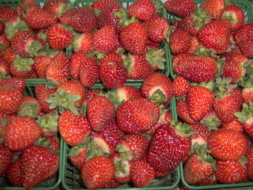

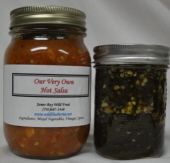
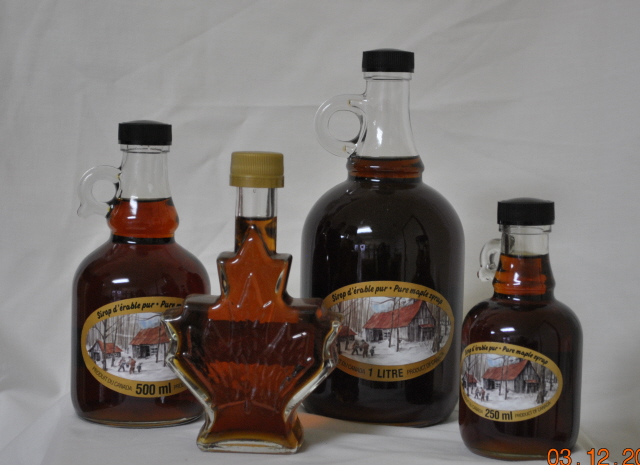
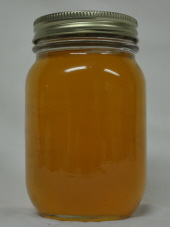
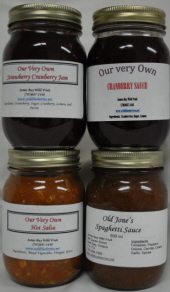
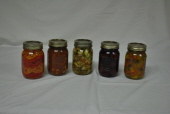
|
|